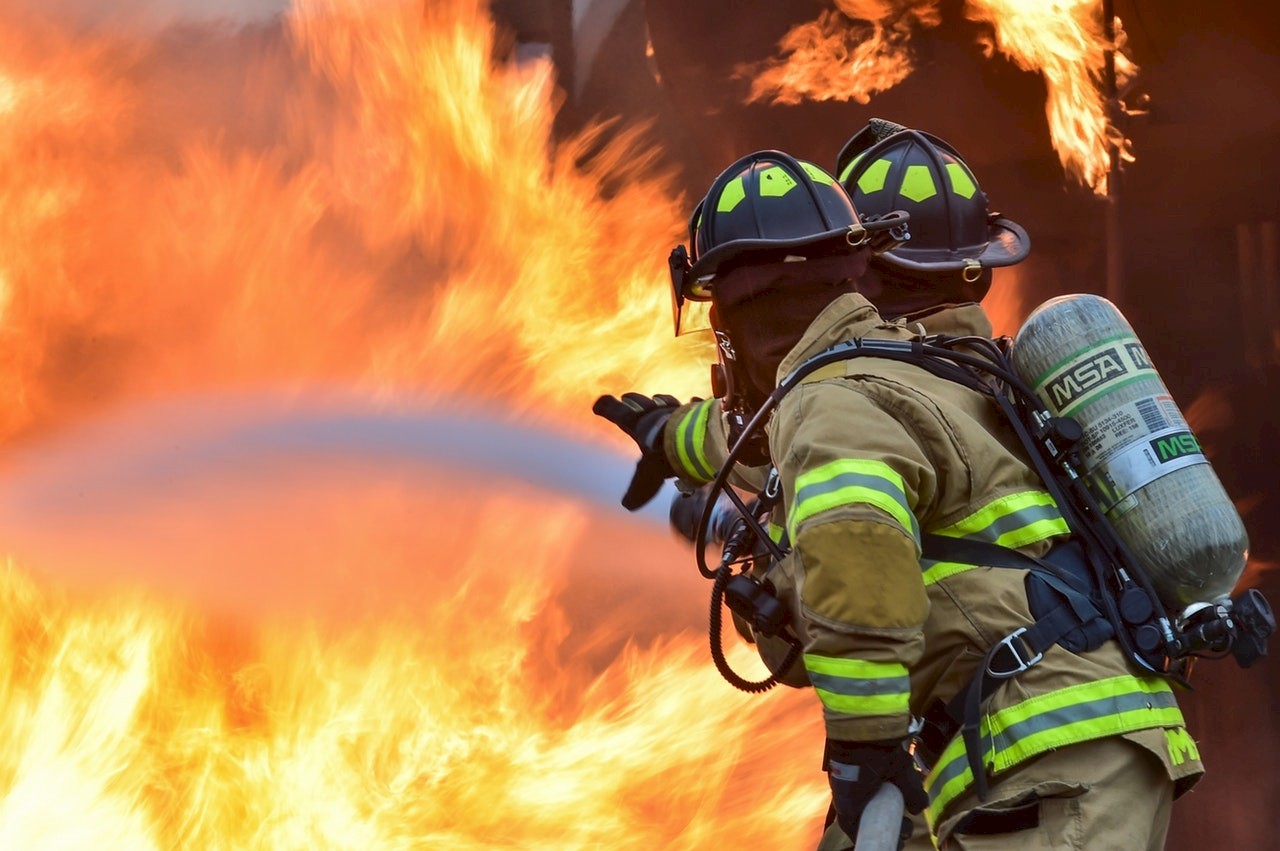December 2017
As the Redwood Complex Fire begins to fade into history, many people are still feeling its effects every day. Tragedy and loss take time to process and there is no single way to do it; however, you can learn healthy ways to cope with these traumas and understand when to seek help.
Trauma symptoms are not typically dramatic. Forgetfulness, lack of concentration, random episodes of crying or irritability, risky behaviors, trouble sleeping and changes in appetite are some. Among children, there may also be behavioral problems: fear of separating from parents/family, regression (e.g., bedwetting), poor school performance and social conflict or isolation.
PRACTICE SELF-CARE
Social Engagement. After a traumatic event, fight any urge to isolate yourself. Although you may not feel like seeing others, research shows that even minimal engagement—like reading a book at a local café among other people – is helpful in counteracting depression.
Structure and Stability. Routines can be restorative; it is a good idea to create as much structure and stability as you can. Go to bed at the same time you always have, even if you have trouble sleeping. Avoid turning to electronics to pass the time; instead, keep the lights dimmed, listen to music, fix yourself a cup of herbal tea or go through a similarly relaxing routine. Then return to bed. You will sleep eventually.
Try to eat three healthy meals a day at regular times, get some physical exercise, and engage in personal restoration—praying, meditating, or whatever works best for you. Self-care is essential; it is not a luxury.
Focus on the Good. Plan activities that bring you joy; it can be helpful to reminisce about happy times, even if it means talking about things you’ve lost.
Focusing on the positive doesn’t mean pretending everything is fine. It means making a conscious effort to appreciate the good that has come out of the experience. Oftentimes, traumatic events cause people’s deepest values to resurface, allowing them to reaffirm those values and live a life more closely aligned with them.
LET GUILT GO
A common response to trauma is for people to second-guess and blame themselves for not acting differently in the moment. Children can come to believe that the trauma was somehow their fault. These things can happen whether you lost your home or were exposed to the trauma only via media. Guilt doesn’t do anyone any good. Let it go so you can heal and move on and help your children do the same.
ACCEPT REALITY AND ALLOW THE PROCESS TO UNFOLD
Much of the emotional distress that ensues after trauma is caused by the gap between reality and the expectations we hold for ourselves. We feel we should cry less, focus better, stop having nightmares sooner, and/or feel less anxious by now. Accept reality. There is no right or wrong way to process what happened. With time, many symptoms will fade and eventually disappear. You’ll carry the memories with you, but they will lose their emotional grip.
Ongoing exposure, as we have in the fire areas, can be unsettling for adults and children alike. Acceptance takes strength and kindness: the tragedy is real, there are a lot of unknowns, but we are okay–good enough to make it through today.
In the meantime, if you’re feeling anxious, slow down and become present in the moment. Take stock of your physical senses: what do you see, smell, taste, hear, and feel? Take deep breaths and shift your attention from spinning thoughts and emotions to a single point of focus: your breath, the smell of cinnamon or the feel of a polished stone.
If you or your child’s post-traumatic symptoms either increase or do not lessen in the months after a trauma, it’s time to talk to a health professional. It shows strength to recognize your need and take action. Everyone responds to trauma differently and the healing process is a personal one. Be patient; treat yourself with kindness.
Dr. Gatt is a clinical psychologist at MCHC Health Centers—a local, non-profit, federally qualified health center offering medical, dental and behavioral health care to people in Lake and Mendocino Counties.

 MyChart Login
MyChart Login

